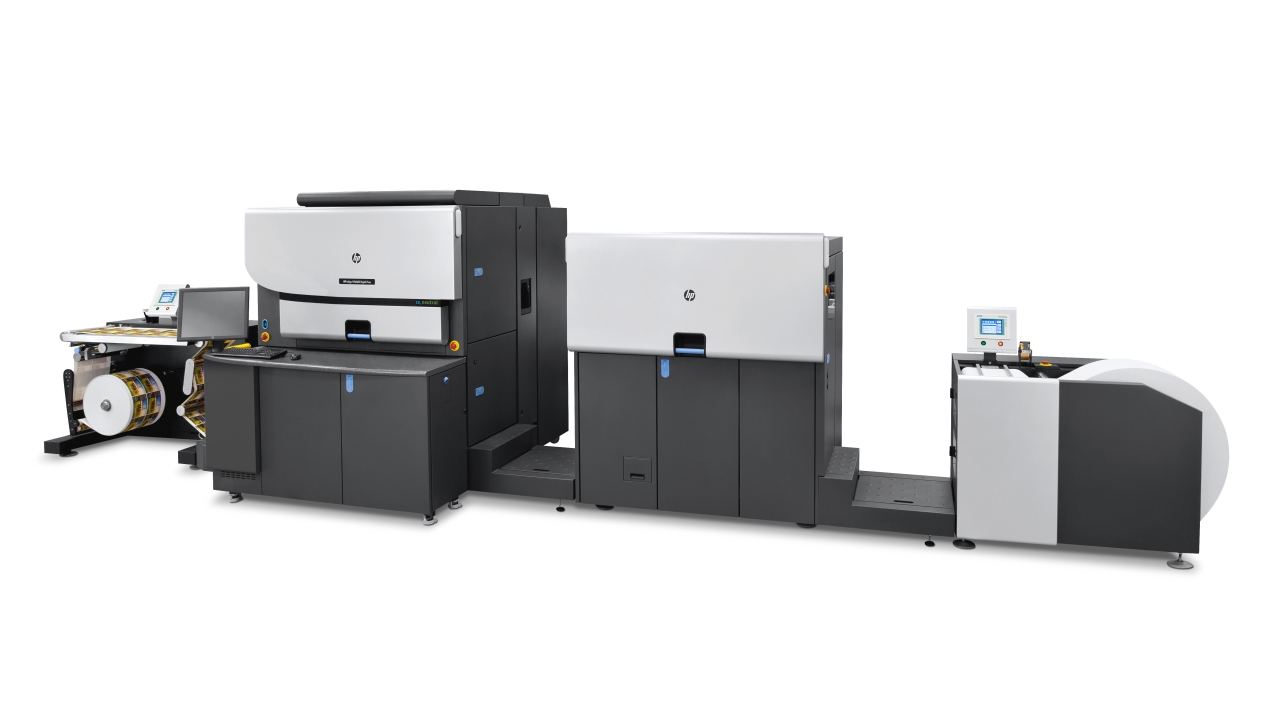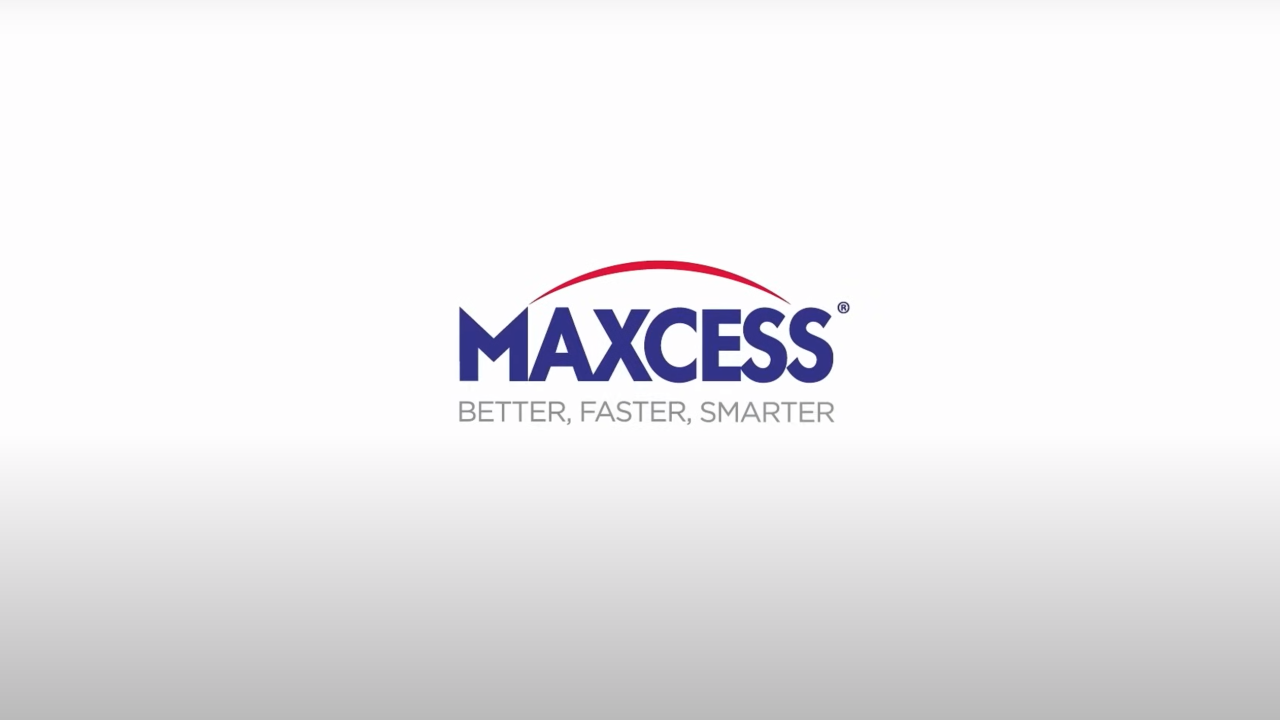The market in Europe

According to figures collected by European industry trade body Finat, there was a healthy growth rate of over 5 percent in 2016, continuing a trend which saw consumption of PS labels sit comfortably above GDP growth in Europe for the last five years.
Total European PS label consumption for 2016 was 7.1 billion sqm – more than double what it was 20 years ago. Filmic roll label materials continue to grow at the expense of paper, now representing more than 25 percent of total demand against 15 percent in 2000.
Eastern and southern Europe continue to be Europe’s growth drivers. Eastern Europe now accounts for more than one fifth of total European demand, double the 2003 figure. Romania and Hungary alone posted above 60 percent growth between 2010 and today, and Poland an astonishing 70 percent. In absolute terms, however, growth this decade has been dominated by southern Europe, particularly Turkey, Italy and Spain. Turkey is now among the top ten European label markets.
The counterpoint to this remarkable story has been reduced growth in the established markets of central Europe, the UK and Ireland, while Scandinavia – with the exception of Sweden – posted a decline in demand.
This heavy weighting of labels growth towards southern and eastern Europe reflects partly the growth of domestic demand in these markets, but also a continued shift in sourcing from western Europe, as well as to China and India.
Activity
Finat’s figures represent just PS consumption. It is worth noting that more than 20 percent of converters surveyed by Finat are either offering, or considering offering at least one non self-adhesive technology – flexibles, shrink sleeves, IML or cartons – meaning the total level of activity is considerably higher.
Indeed, the wet-glue and sheet-fed in-mold label markets in Europe remain relatively robust, at some 35-40 percent of total demand, although PS and shrink sleeves are continually eating away at this figure. Shrink sleeves are showing the fastest growth of any label material, clocking up some 7 percent year-on-year.
On the converter side, we see a continuing trend to consolidation, dominated in 2017 by the merger of X-Label, Rako and Baumgarten to form All4Labels.
Finat’s Radar converter trends survey found healthy sales growth in all vertical markets averaging +7.3 percent in all regions from 2013 to 2016, reflecting the recovery of the Eurozone economy from recession. This is consistent with a reported average profitability growth of 7.8 percent. Brexit appears to be having an early impact, with UK converters reported to be ‘on fire’ in 2016, arguably due to the precipitous decline of sterling against the euro.
The Radar survey found a continued decline in run sizes for conventionally printed labels, while there was a marked increase in average digital run sizes driven by the increased installation base and higher speeds of inkjet presses. Average run length for conventional was reported at 4,500-5,000 linear meters and 850 linear meters for digital. Digital print continues to make inroads into the new press market in Europe. Figures compiled by consultancy LPC puts total value (converter sales) of digital labels in 2016 at 1.57 billion EUR. While digital sales represent 7.2 percent of global label market value, this rises to 9.7 percent in Europe. The figure varies by end user category. In the two largest sectors for label consumption, food and beverage, digital represents respectively 9.2 and 7.4 percent of total value. In the smaller HABA market digital represents an astonishing 18.2 percent, and 19.5 percent in pharma. The figure for household chemicals is 8.8 percent and 11.9 percent for industrial chemicals, with automotive at 4.9 percent.
The LPC survey finds the total installation base of digital pressesin Europe is 2,000, of which one quarter is inkjet or hybrid inkjet/flexo. In 2016, 170-180 new digital presses were installed in Europe, mostly in the five biggest label markets.
Looking ahead to 2022, the survey predicts toner-based installations growing at eight percent a year and inkjet hybrid at 14.5 percent – meaning toner-based technologies will still be dominant at around two thirds of all digital installations in 2022.
Stay up to date
Subscribe to the free Label News newsletter and receive the latest content every week. We'll never share your email address.


